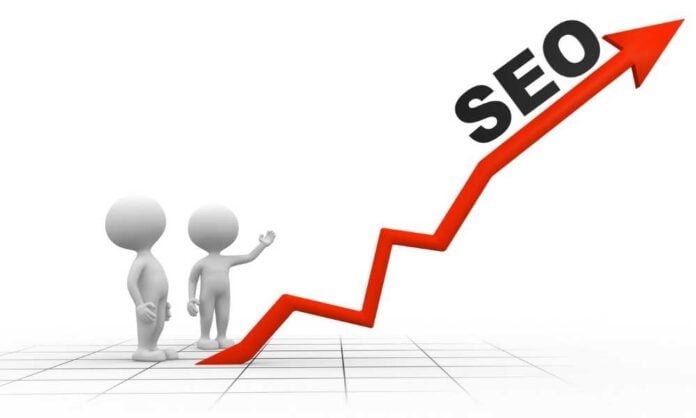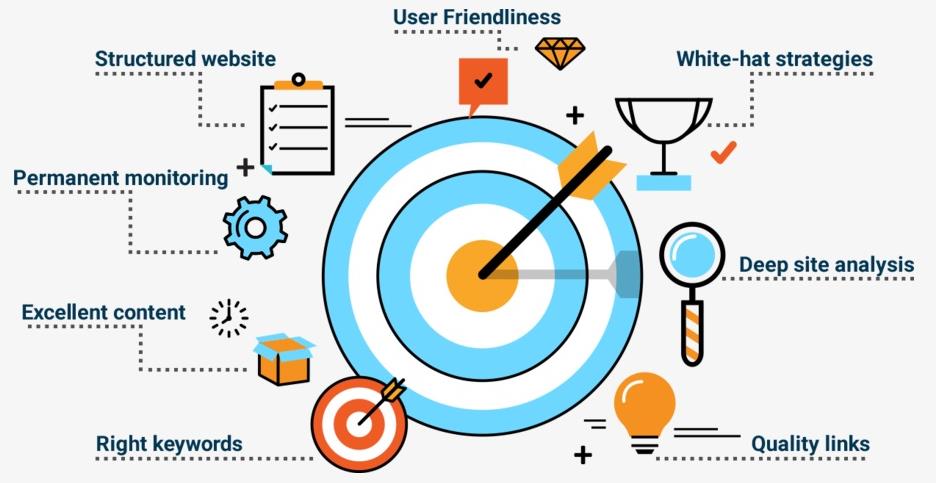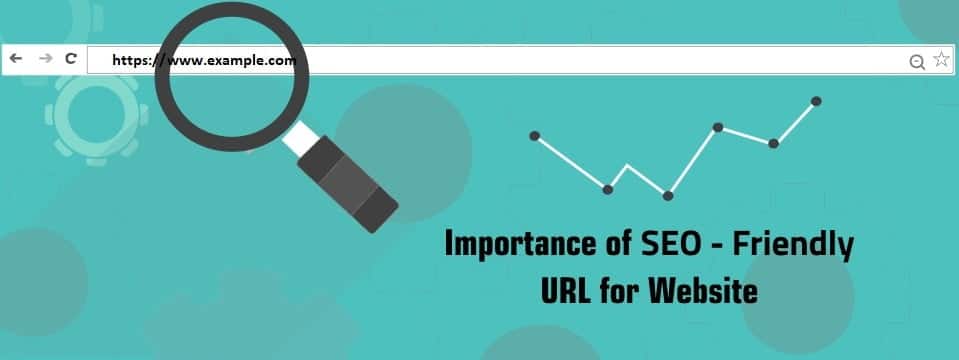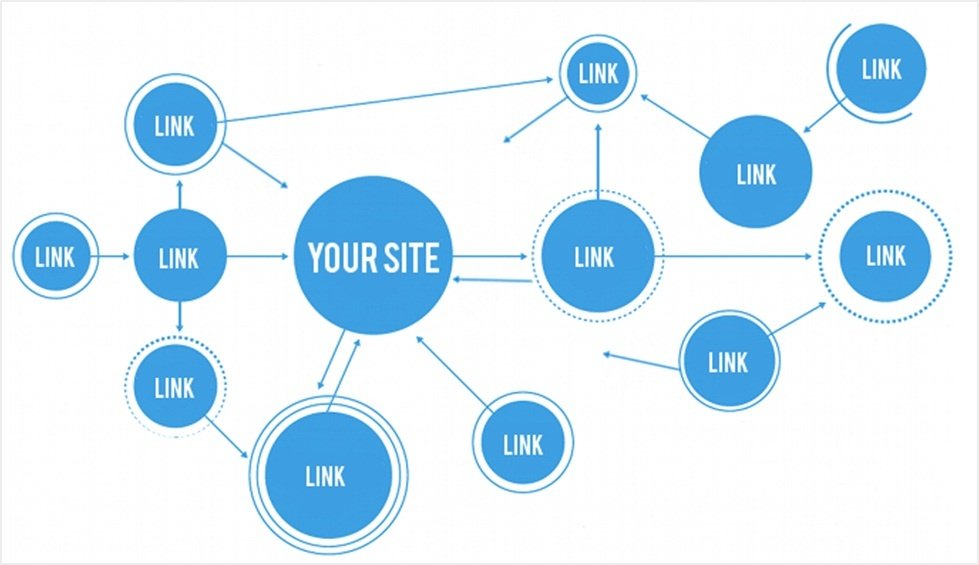If you’re looking to improve your website’s visibility and rankings on search engines, understanding on-page SEO key ranking factors is essential. On-page SEO involves the elements that exist within your website that you can control to boost your rankings. In this guide, we will explore these factors in detail and explain how you can optimize them effectively. Whether you’re a beginner or looking to refine your SEO strategy, this guide will help you enhance your website’s performance.
1. What Are On-page SEO Key Ranking Factors?
On-page SEO refers to the practices used to optimize individual web pages to rank higher in search engines. These factors affect both the content of the page and the HTML source code. Optimizing these factors can significantly improve your site’s ranking on search engine results pages (SERPs), drive organic traffic, and enhance the user experience. On-page SEO key ranking factors include title tags, meta descriptions, URL structure, content quality, image optimization, and more.
2. Title Tags: The First Step in On-page SEO
Title tags are one of the most important on-page SEO ranking factors. They are the clickable headlines you see on search engine results pages. Optimizing your title tag helps search engines understand your page content while attracting users to click on it.
- Use Target Keywords: Make sure your main keyword appears in the title tag. This helps search engines identify the relevance of your page to the search query.
- Keep It Concise: Limit your title tag to around 60 characters so it doesn’t get cut off in search results.
- Create Compelling Titles: Write titles that encourage users to click. Include power words and ensure they reflect the content accurately.
3. Meta Descriptions: Crafting an Effective Summary
While meta descriptions don’t directly impact rankings, they play a significant role in click-through rates (CTR). The meta description provides a brief overview of what users can expect on the page. A compelling and keyword-rich meta description can lead to more traffic.
- Keyword Integration: Include your target keyword naturally within the meta description.
- Keep It Engaging: Aim for a description length of around 150-160 characters. Make it descriptive, clear, and inviting.
- Unique Descriptions: Avoid using duplicate meta descriptions across pages. Each page should have its own unique summary.
4. URL Structure: Keep It Simple and Keyword-Rich
Your website’s URL structure is another crucial on-page SEO ranking factor. Simple, clean, and well-organized URLs make it easier for both search engines and users to understand the content of your page.
- Short and Descriptive URLs: Ensure your URLs are short and include relevant keywords. For example, www.yoursite.com/on-page-seo is better than www.yoursite.com/page?id=123.
- Use Hyphens: Separate words with hyphens rather than underscores. For example, use “on-page-seo” instead of “on_page_seo.”
- Avoid Special Characters: Special characters (like “&”, “%”, etc.) in URLs can confuse search engines and users, so it’s best to avoid them.
5. Header Tags (H1, H2, H3): Organize Your Content
Header tags are essential for structuring your content in a way that is both user-friendly and search-engine friendly. Proper use of header tags helps search engines understand the hierarchy and relevance of your content.
- H1 Tag: This is typically reserved for the main heading of the page and should include your target keyword. It signals to both users and search engines what the page is about.
- H2 and H3 Tags: Use H2 tags for subheadings and H3 for further subdivisions. This helps break up your content into digestible sections and improves readability.
6. High-Quality Content: The Heart of On-page SEO
Content is king when it comes to on-page SEO key ranking factors. High-quality content not only helps improve rankings but also provides value to your visitors. Search engines prioritize content that satisfies user intent and answers their queries.
- Use Target Keywords Naturally: Your content should flow naturally while incorporating your target keywords and related terms.
- Focus on User Intent: Understand what your users are searching for and create content that answers their questions.
- Comprehensive and Informative: The longer and more detailed your content (without fluff), the more likely it will rank for competitive keywords.
7. Image Optimization: Boosting Load Speed and Visibility
Images are an important part of any website, but they can slow down your site if not optimized properly. Image optimization not only helps improve loading times but also enhances user experience.

- Use Descriptive Alt Text: Include relevant keywords in the alt text of each image. This helps search engines understand the content of the image and also improves accessibility.
- Compress Images: Large image files can slow down your website. Compress images without sacrificing quality to improve page speed.
- Responsive Images: Make sure your images scale properly on different devices, especially for mobile users.
8. Mobile Responsiveness: Adapting for All Devices
Google uses mobile-first indexing, which means it evaluates the mobile version of your website before the desktop version. A mobile-friendly site is critical for good SEO rankings.
-
Responsive Design: Ensure your website adjusts to various screen sizes and remains user-friendly.
-
Test Mobile Usability: Use tools like Google’s Mobile-Friendly Test to check if your site works well on mobile devices.
-
Optimize Touch Elements: Buttons and links should be easily clickable on mobile devices.
9. Internal Linking: Helping Search Engines Crawl Your Site
Internal linking helps distribute page authority throughout your website and makes it easier for search engines to crawl and index your pages.
- Link Relevant Pages: Link to related pages or blog posts within your content to provide additional value to users.
- Use Descriptive Anchor Text: The anchor text should describe the linked page’s content to both users and search engines.
10. External Linking: Building Authority and Relevance
External links to high-quality, authoritative websites help build your site’s trustworthiness and relevance. Linking to trusted sources signals to search engines that your content is well-researched and credible.
- Link to Authoritative Sources: Always link to reputable websites that provide valuable information.
- Avoid Over-linking: While linking to external websites is important, don’t overdo it. Focus on providing value through meaningful links.
11. Page Speed: A Crucial Factor in User Experience
Website speed is a critical factor in both SEO and user experience. Pages that load quickly rank higher and have lower bounce rates.
- Use Caching: Leverage browser caching to improve the loading speed for returning visitors.
- Minify Code: Minify your CSS, JavaScript, and HTML to reduce the size of the files and speed up the loading time.
- Content Delivery Network (CDN): Consider using a CDN to serve content from servers closer to the user’s location, improving loading speed.
12. User Engagement: Keep Your Visitors Engaged
Search engines like Google prioritize websites that provide a positive user experience. Engaged visitors are more likely to stay longer on your site, which can improve your rankings.
- Encourage Interaction: Include comment sections, social sharing buttons, or calls to action that encourage users to engage with your content.
- Track Bounce Rate: Monitor your website’s bounce rate and aim to keep it low by offering valuable and engaging content.
Conclusion
Mastering on-page SEO key ranking factors is vital for improving your website’s ranking on search engines. By optimizing title tags, meta descriptions, URL structure, header tags, and content quality, you can create a search engine-friendly website that appeals to both users and search engines. Always remember that content quality, user experience, and technical optimization work together to enhance SEO and attract organic traffic.
By applying these on-page SEO key ranking factors, you’ll be on your way to improving your search engine rankings, boosting your site’s visibility, and attracting more visitors.






